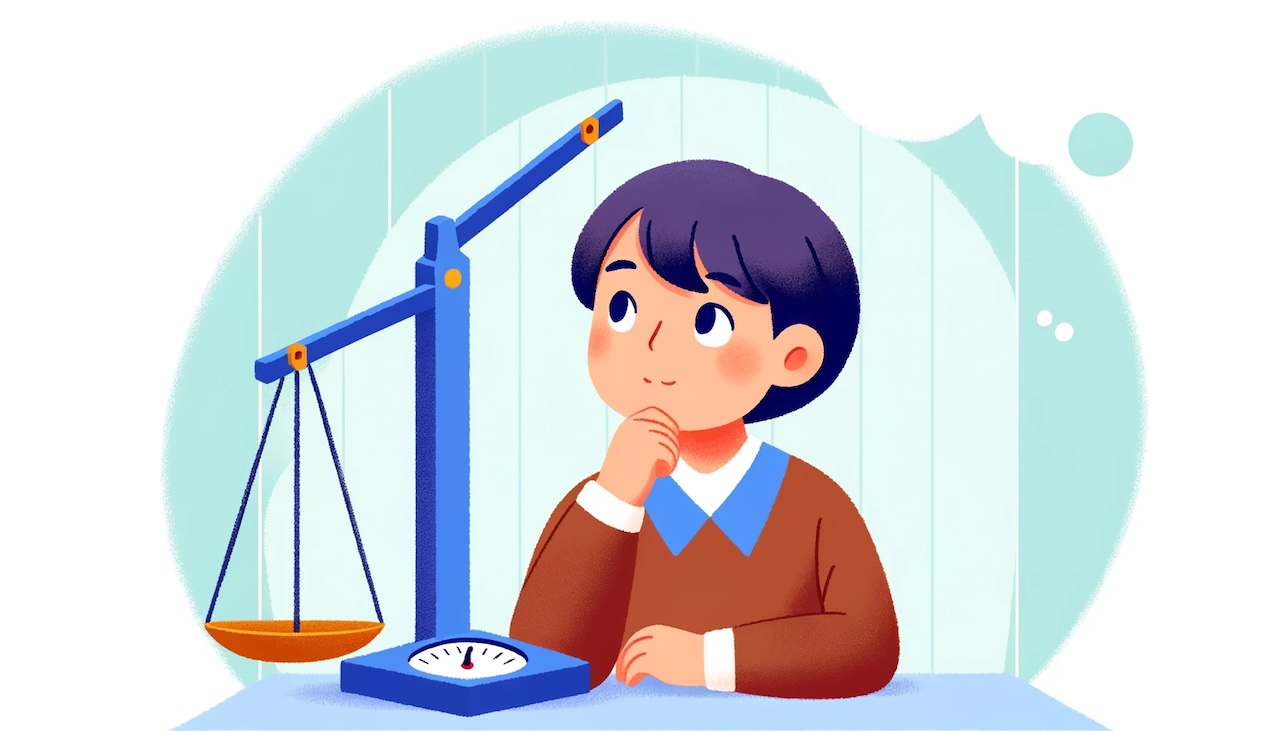Introduction
Have you ever heard the term “punishment” in the context of crime? When a crime occurs, you might hear on the news or in TV shows that the perpetrator will be “punished.” But what kinds of punishments exist in Japan, and what do they mean? In this article, we’ll explain the Japanese criminal justice system in a way that’s easy for elementary school students to understand, focusing on the death penalty, imprisonment, and suspended sentences.
The Death Penalty
The death penalty is one of the most severe forms of punishment. It is reserved for those who have committed extremely serious crimes and involves legally ending a person’s life. In Japan, someone who has caused the death of many people in a major incident may receive this punishment. Of course, the decision is made very carefully after a trial.
Imprisonment
Imprisonment is a punishment that determines the period a person who has committed a crime will spend in prison. There are two types of imprisonment: life imprisonment and fixed-term imprisonment.
Life Imprisonment
Life imprisonment is a punishment given to those who have committed very serious crimes, although not as severe as those warranting the death penalty. People who receive this punishment will, in principle, never be released from prison. However, they may be released if they are found not guilty in a retrial or if they receive a special pardon.
Fixed-Term Imprisonment
Fixed-term imprisonment is a punishment where the period to be spent in prison is set between one month and 20 years. The judge determines the period based on the severity of the crime committed. Once the period is over, the person can leave prison. This is often simply referred to as “imprisonment.”
Suspended Sentences
A suspended sentence is a punishment that allows a person who has committed a relatively minor crime, or a first-time offender who shows remorse, to spend a certain period without actually going to prison. If the person commits another crime during this period, the suspension is revoked, and they will be sent to prison. Suspended sentences are often used to encourage reintegration into society.
Example: 3 Years Imprisonment with a 5-Year Suspension (Ghosn)
On March 14, 2024, the Tokyo District Court sentenced the defendant, Ghosn, to 3 years in prison with a 5-year suspension. Let’s use this example to explain what this means.
A sentence of 3 years imprisonment with a 5-year suspension means that the defendant is sentenced to 3 years in prison, but the actual execution of the sentence is suspended for 5 years.
In other words, the defendant does not have to go to prison immediately but must adhere to certain conditions during the 5-year suspension period. These conditions may include not committing any crimes and being under probation. If the defendant violates these conditions or commits a new crime during the suspension period, they will have to serve the 3-year prison sentence.
Conclusion
We’ve focused on explaining the death penalty, imprisonment, and suspended sentences in the Japanese criminal justice system. Hopefully, you now have a better understanding of what these terms mean when you hear them in the news.





















